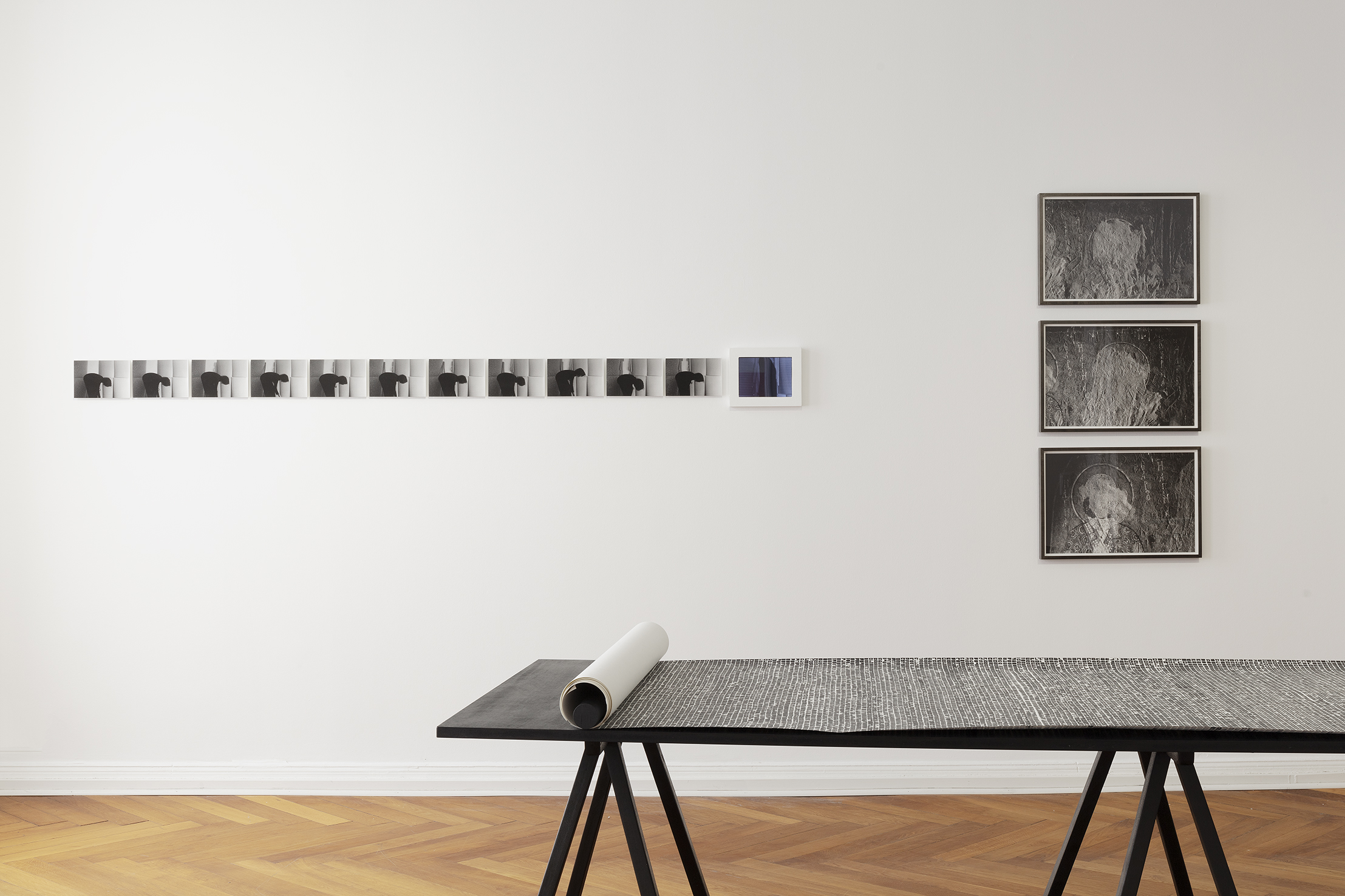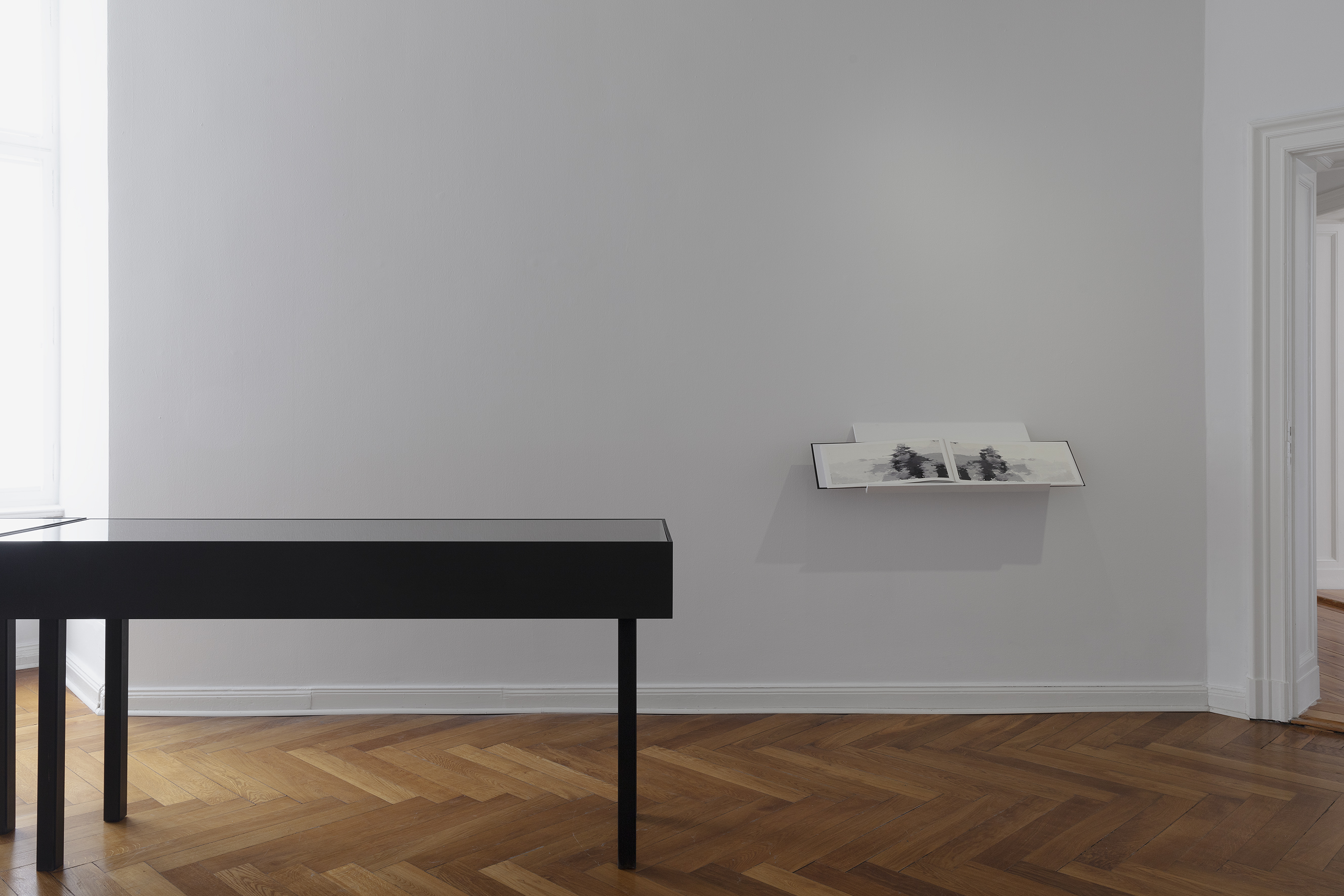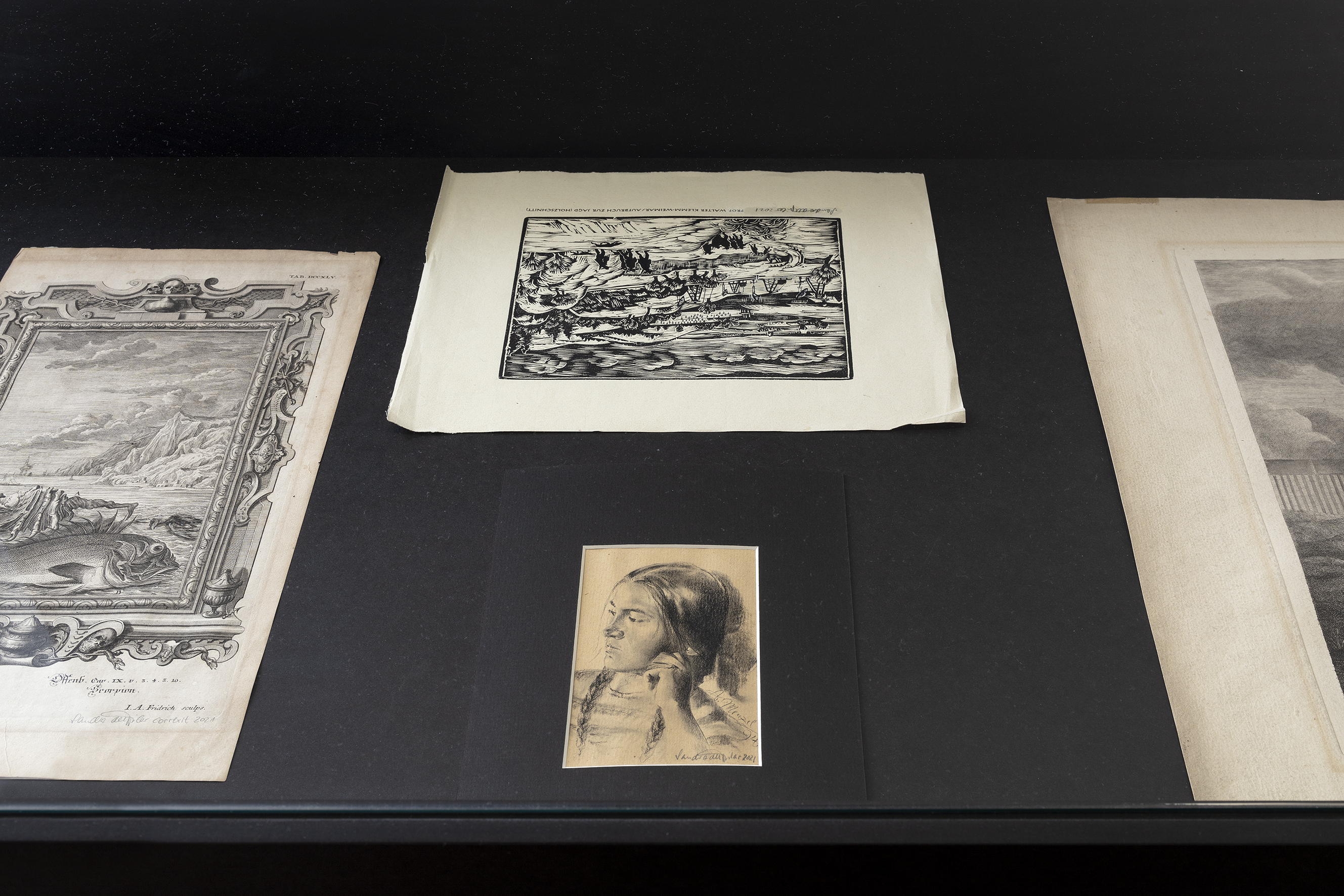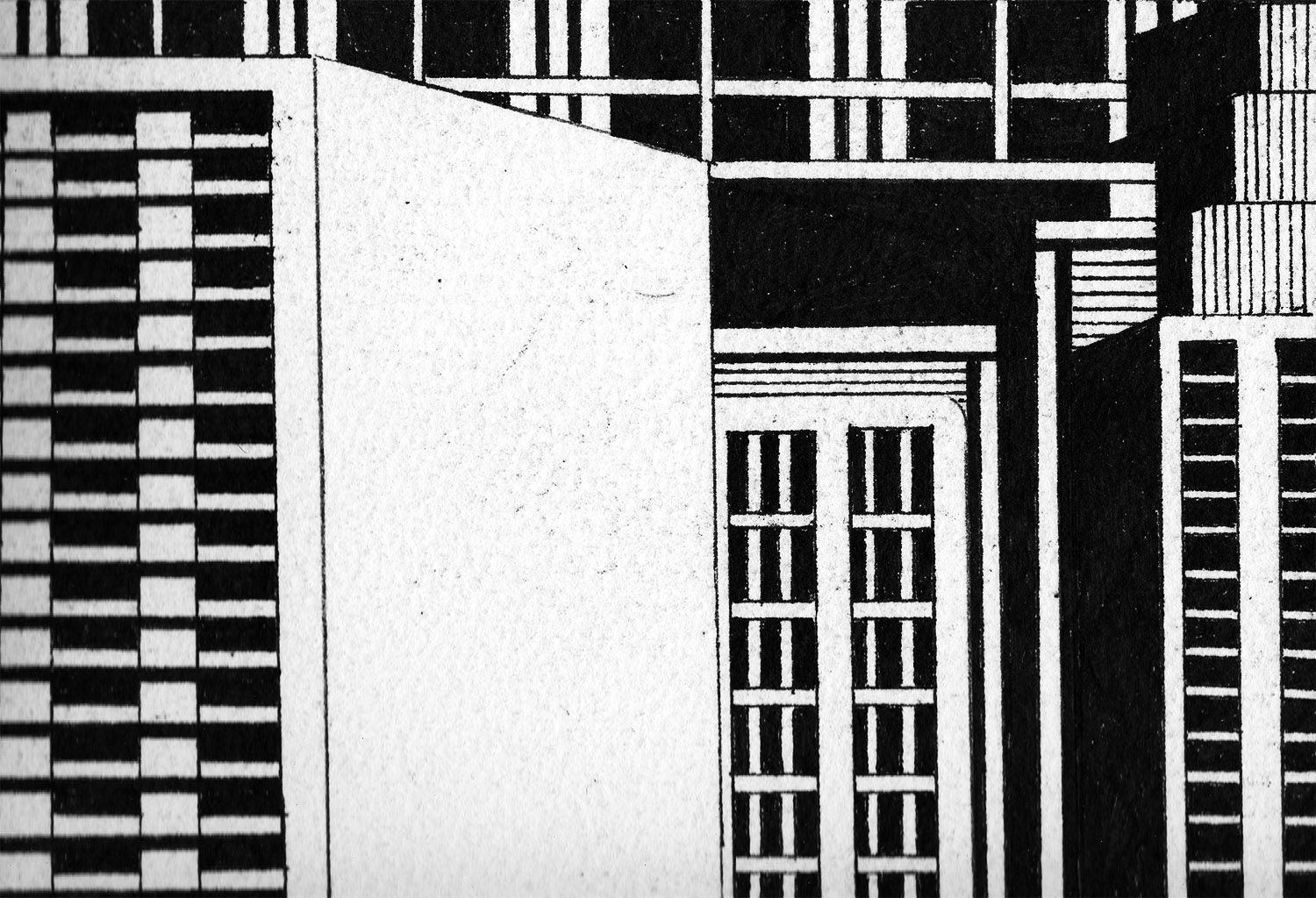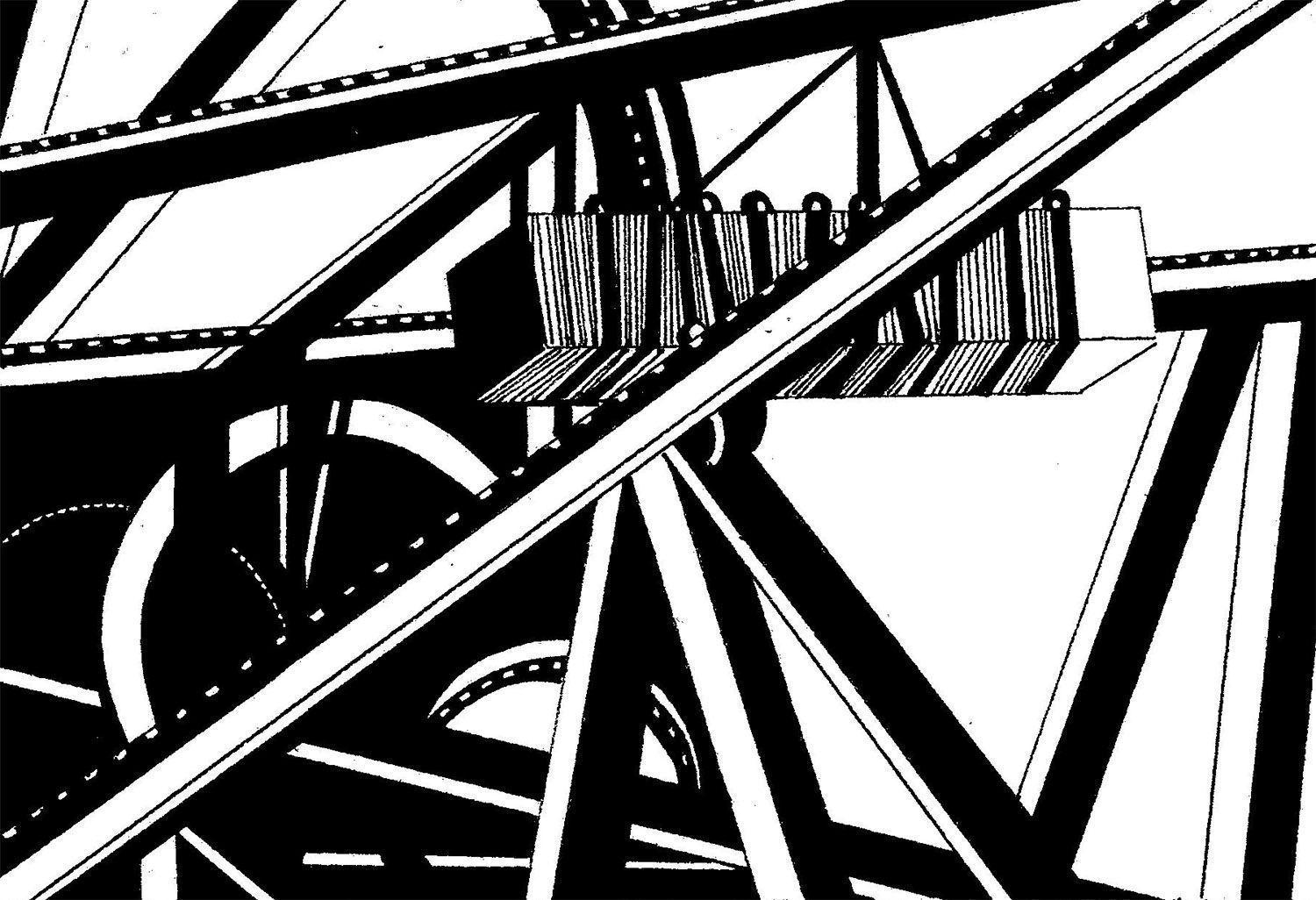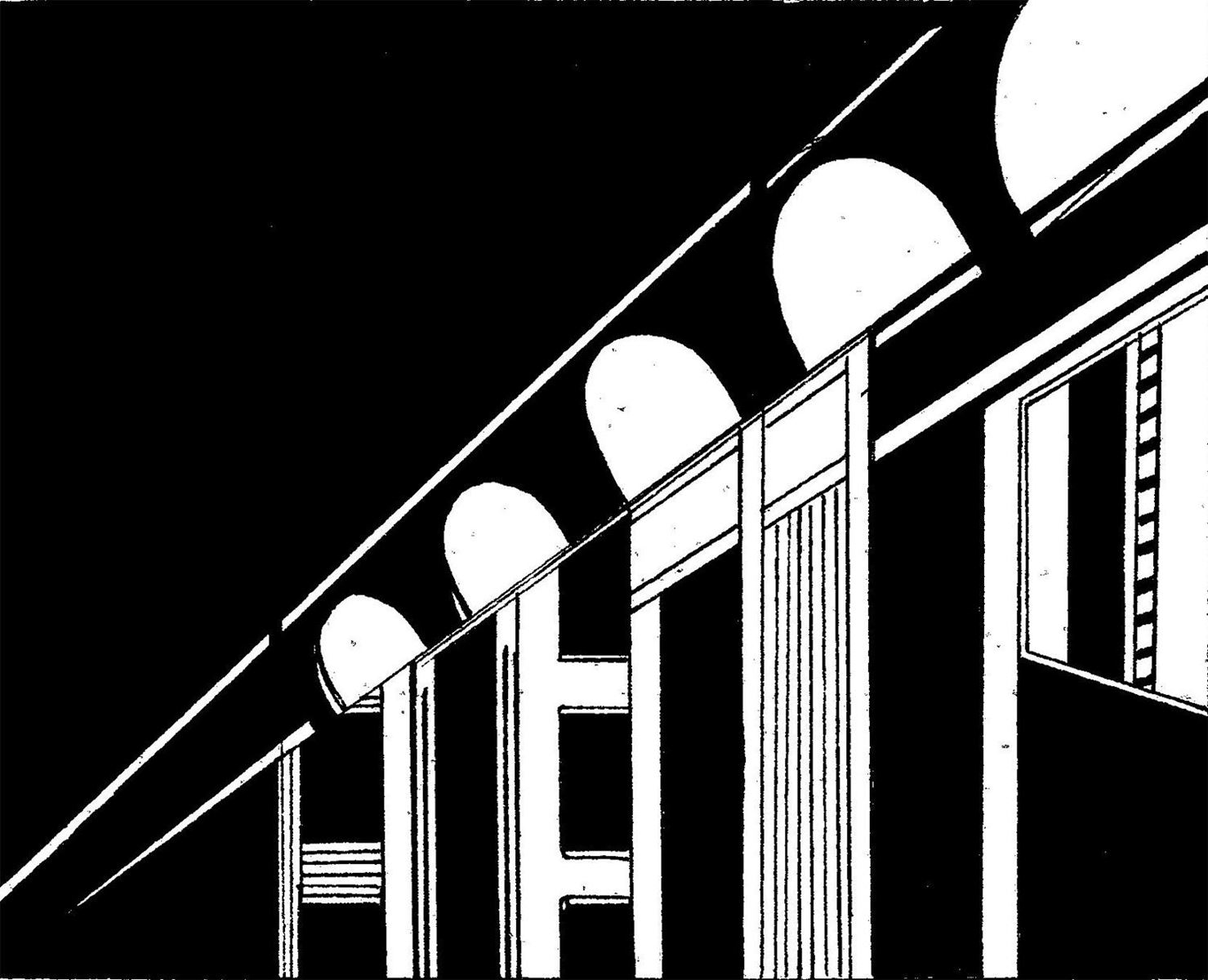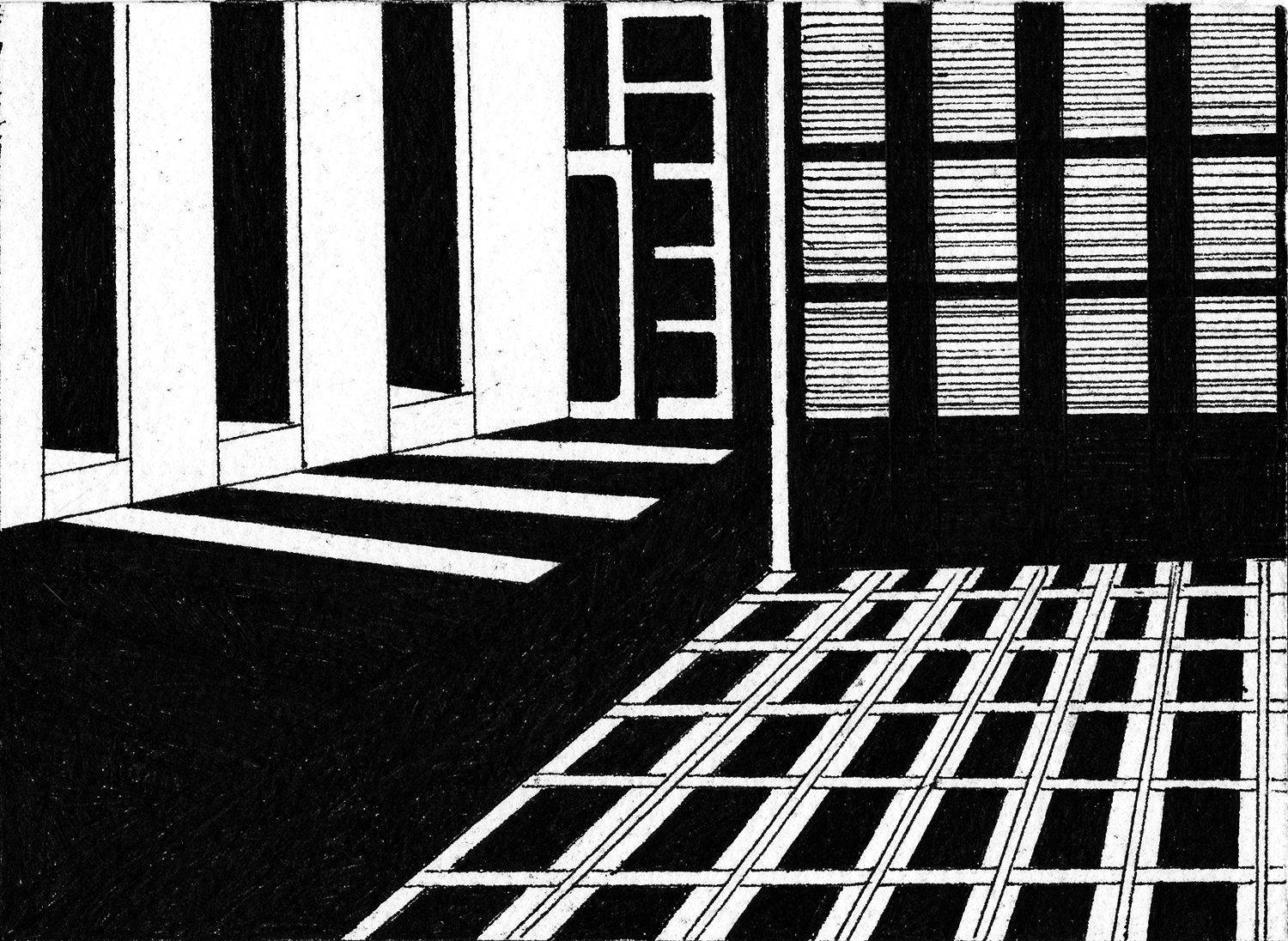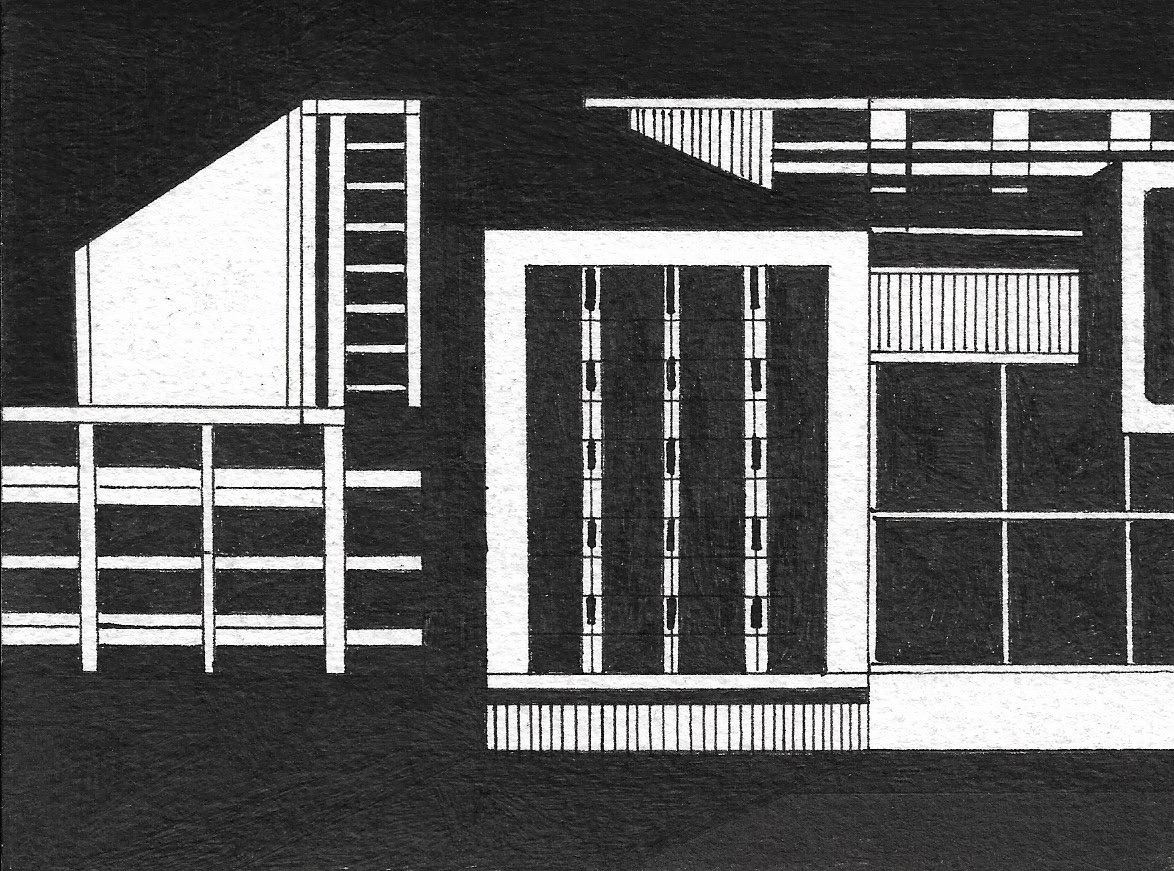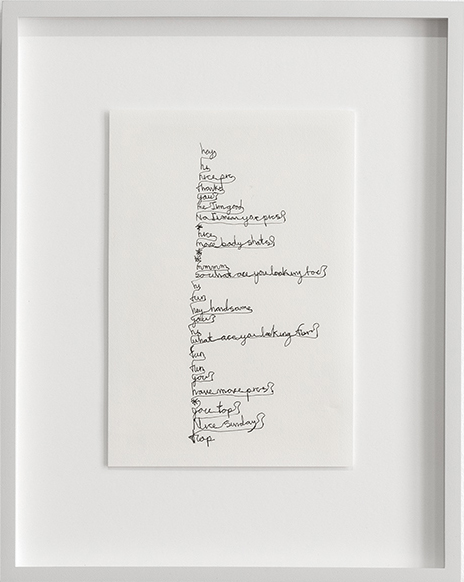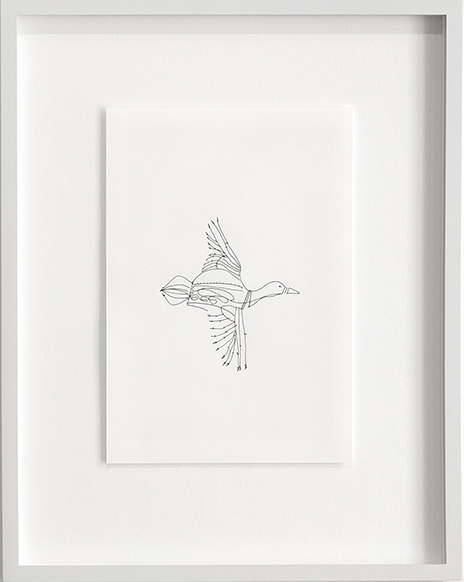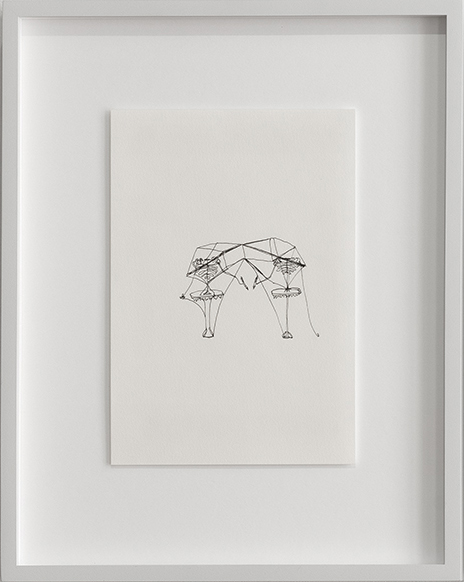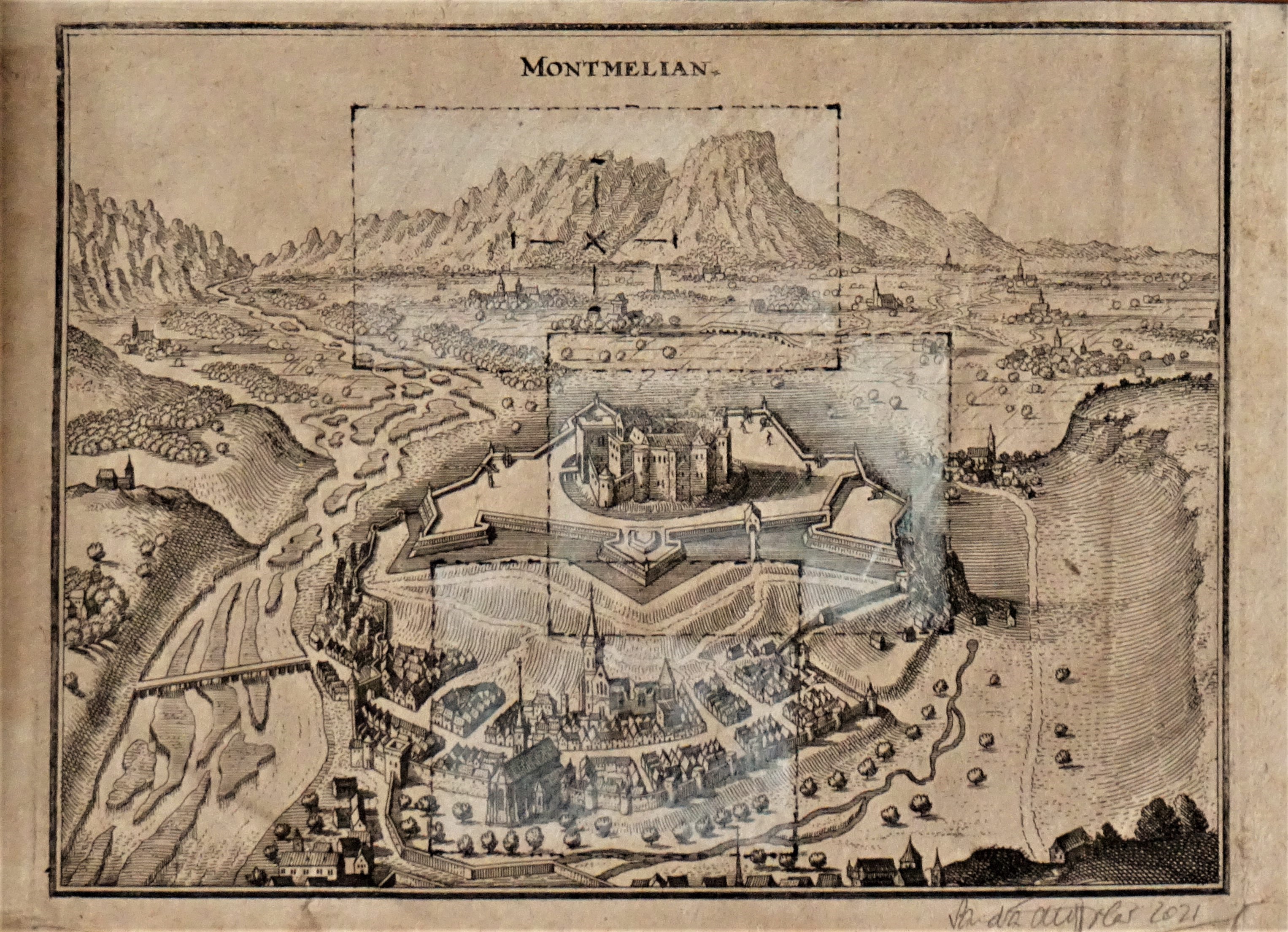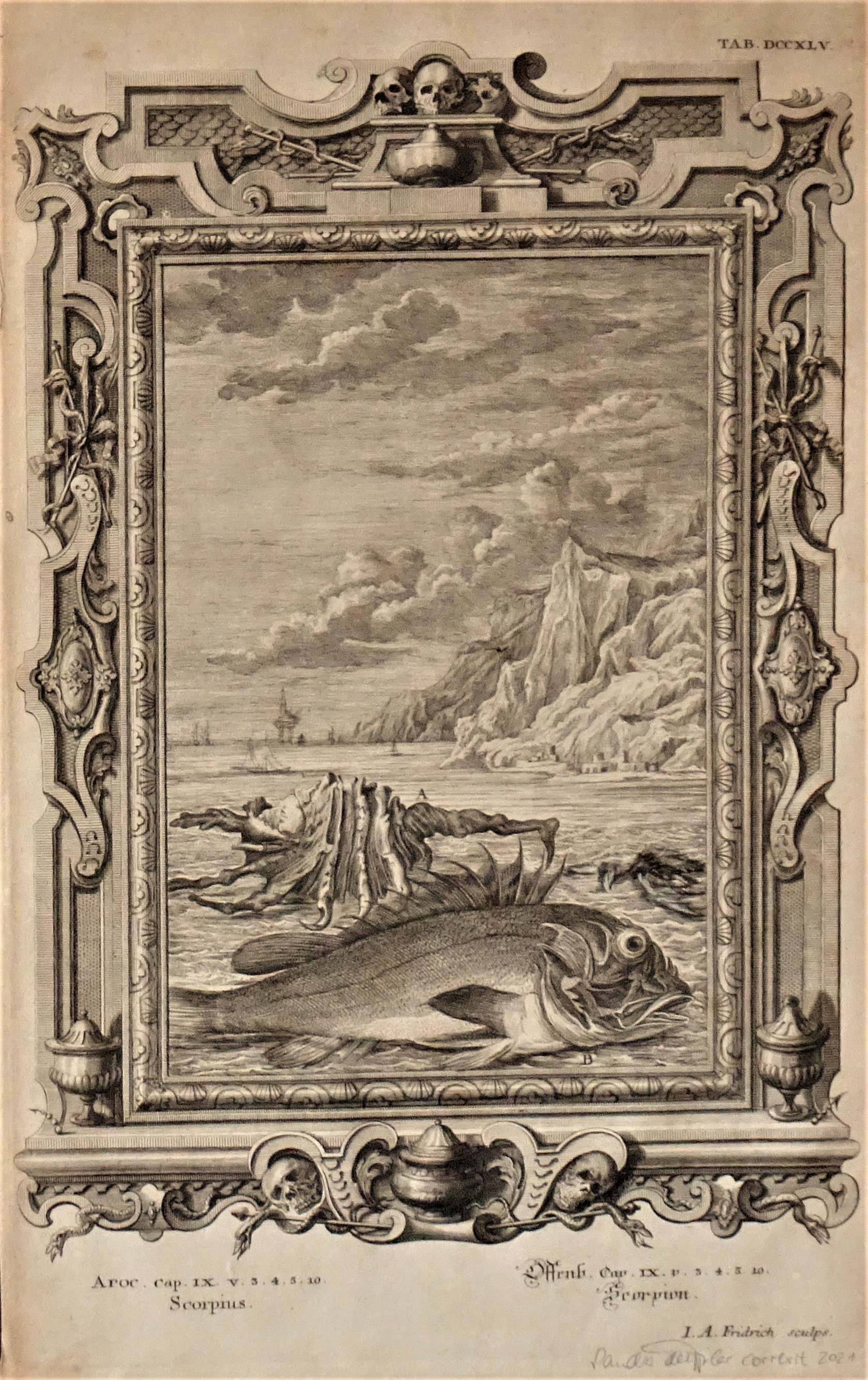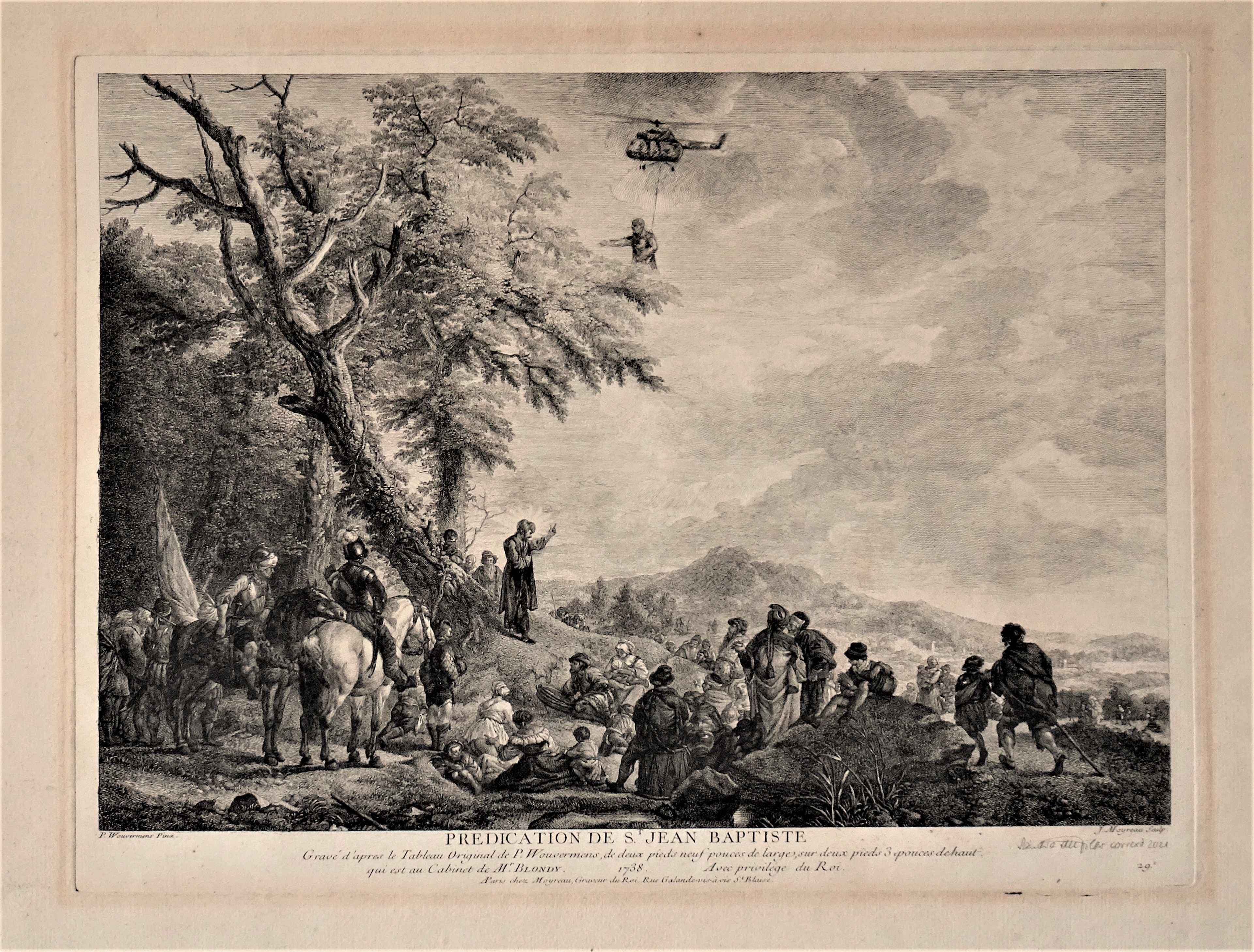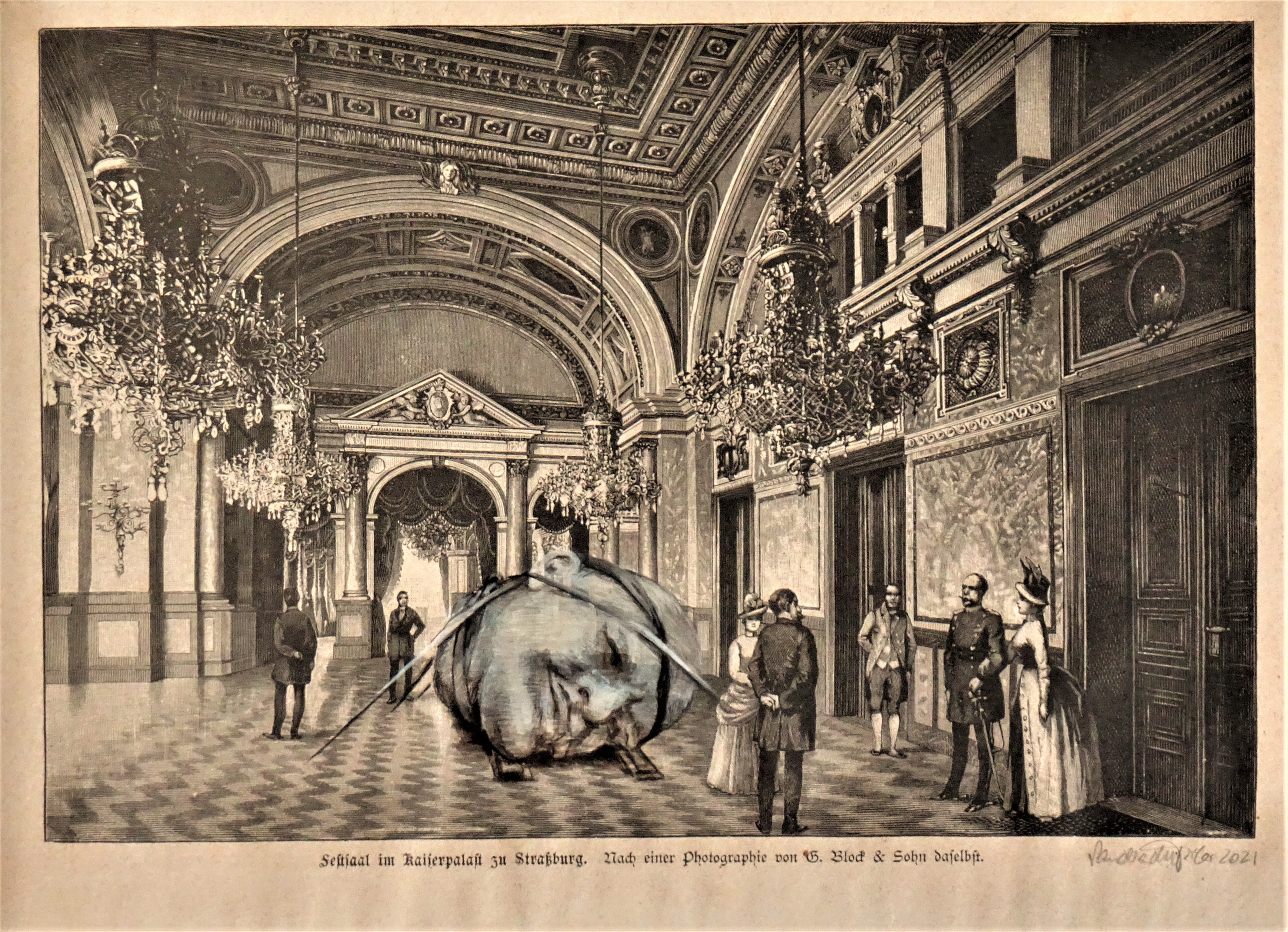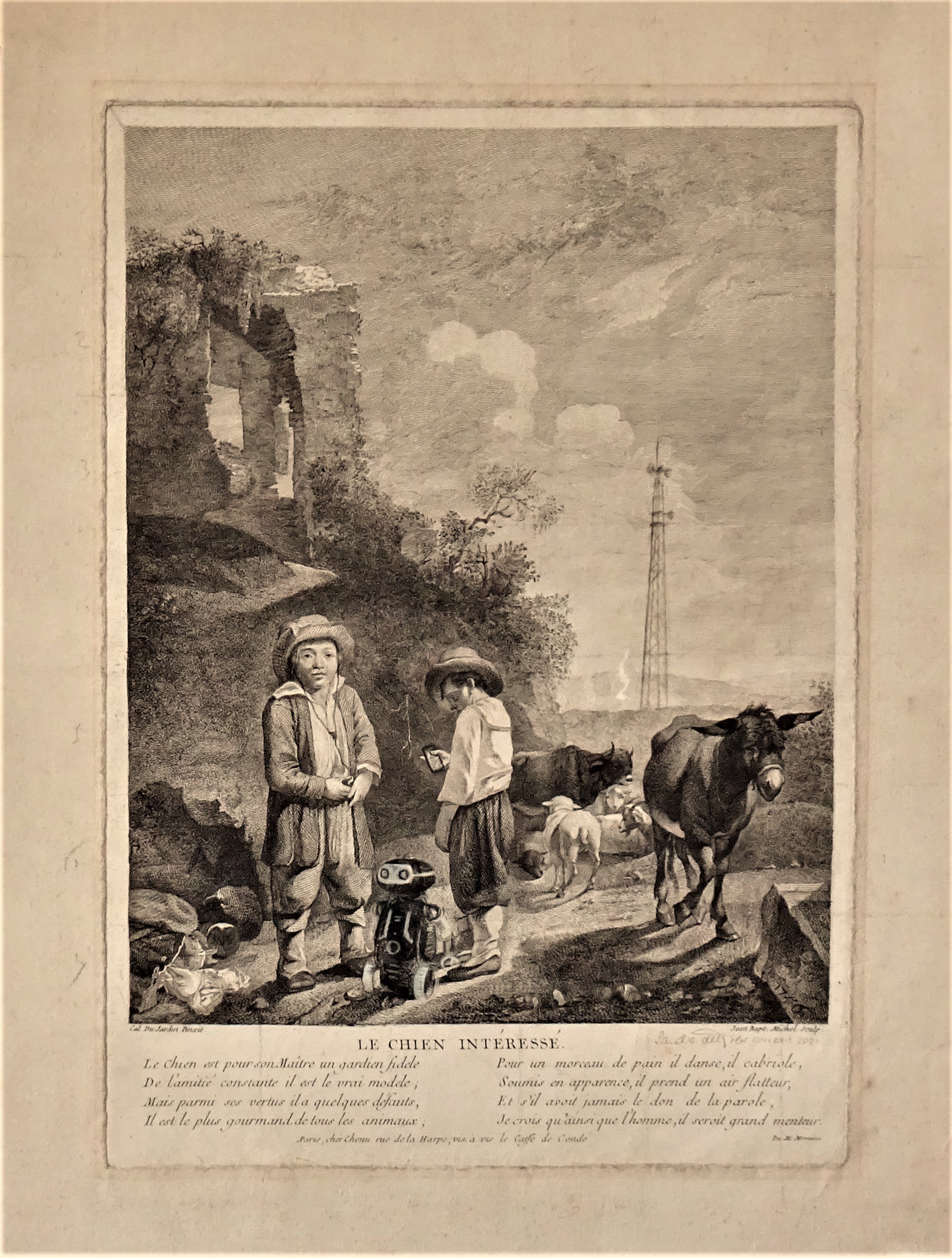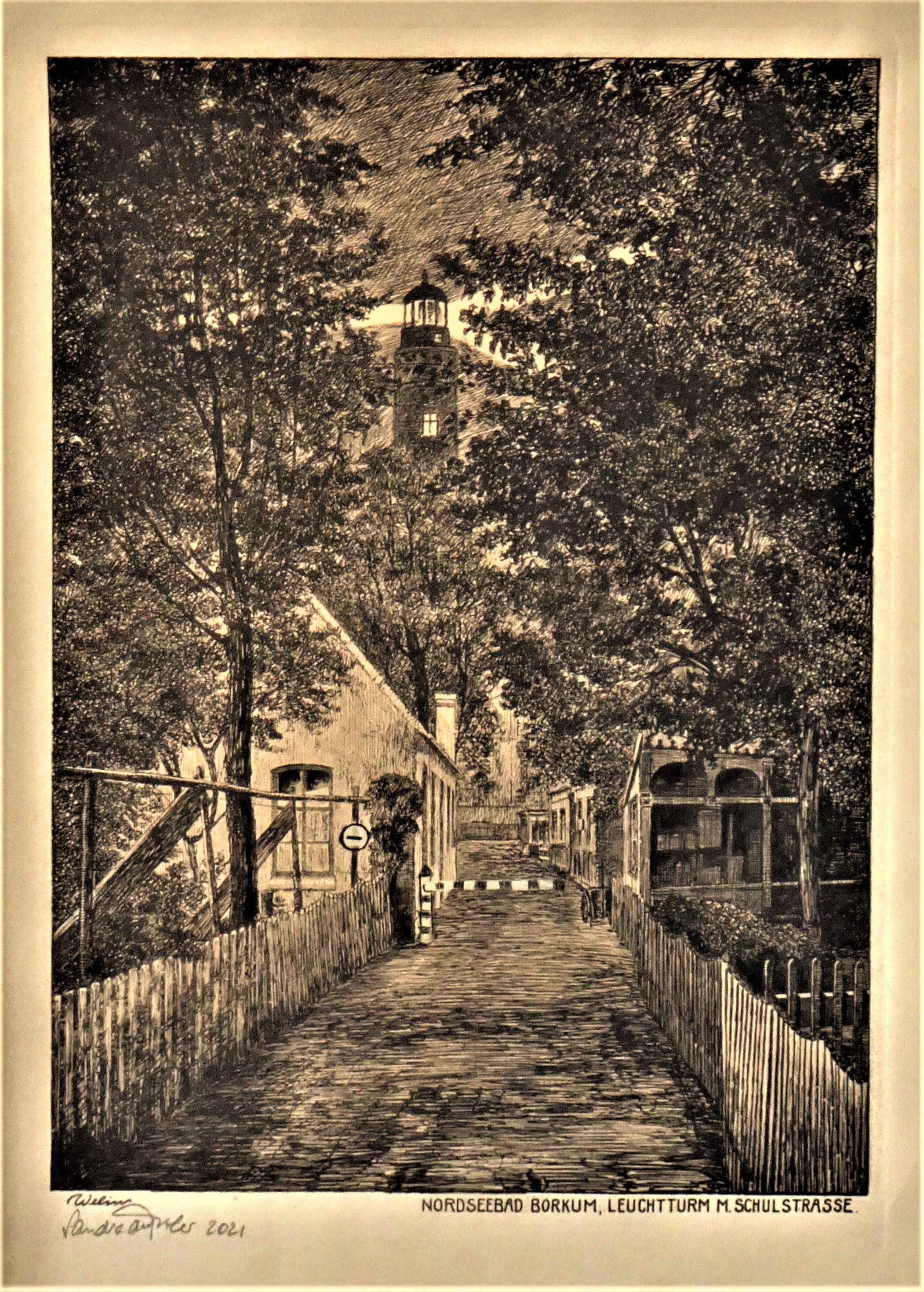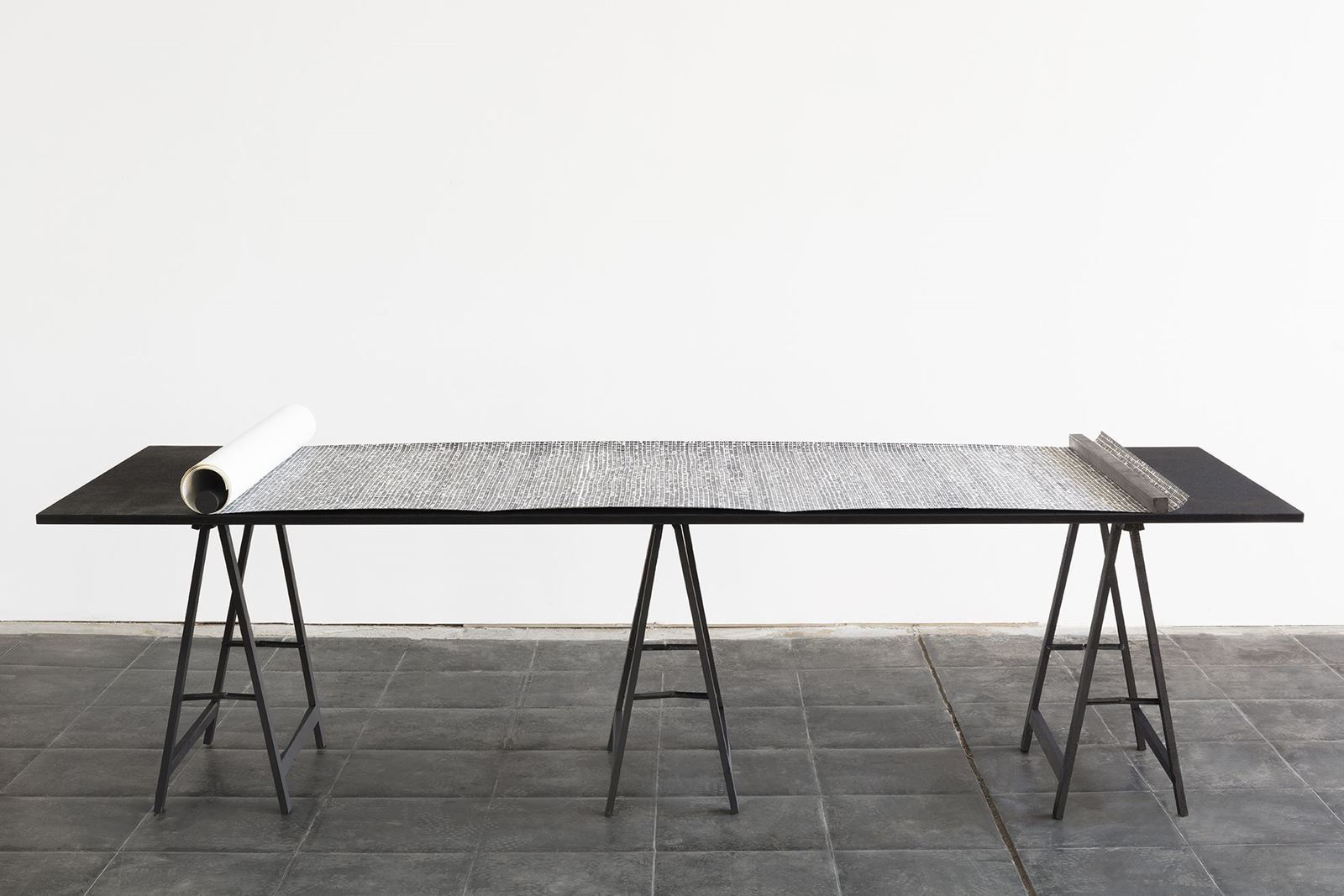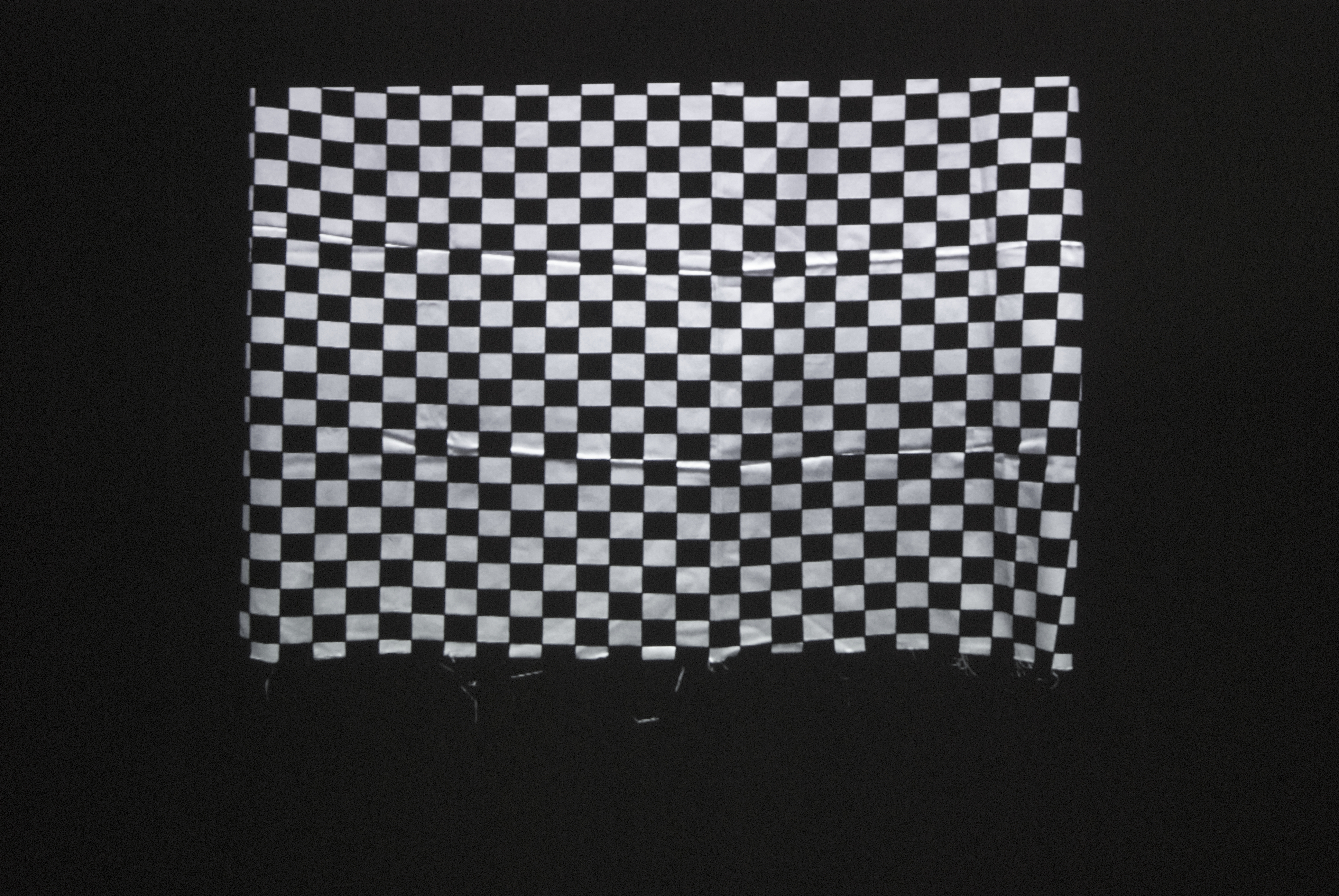Press Release - Recurrence 2
29/04/2021 - 21/08/2021
Zilberman | Berlin is delighted to announce the exhibition Recurrence 2 with works by Heba Y. Amin, Alpin Arda Bağcık, Isaac Chong Wai, Pedro Gómez-Egaña, Zeynep Kayan, Sandra del Pilar and Simon Wachsmuth and curated by Lotte Laub. While the first edition in the Recurrence series focused on the reappearance of a 19th theme, namely the tension between nature and technology, Recurrence 2 looks at changes in how history is viewed as well as ruptures and transitions. It is about ambiguity rather than binarity (yes or no, for or against, right or wrong), while our tendency is always to simplify reality, so that we can get a grip on it, but at the same time this is exactly the starting point for conflicts and polarisations of the kind that are again heating up the world’s political climate.
In George Orwell’s novel 1984 (completed in 1948), the protagonist Winston Smith works for the Ministry of Truth where he is responsible for revising old newspaper articles from The Times and adapting them to the current party line in accordance with the party slogan: “Who controls the past controls the future.” The manipulative handling of historiography is clear here.
Isaac Chong Wai’s two paintings When are we wrong? When are we right? present both these questions in colourful lettering on complementary monochrome backgrounds; acrylic lettering applied by hand in a sans serif font, as if done by machine. Observers are being addressed as a social collective and our power of judgement is being discussed. The binary opposition of true and false or right and wrong is supported by the complementary colours, which provide an optical illustration of the principle of bivalence. The work is asking about the conditions for truthful judgements or correct decisions. Does how we judge or decide depend on historical circumstances? Can something be wrong that was once right and vice versa? Is it possible to retrospectively assess whether a decision was right or wrong, or to lose sight of earlier judgement or decision-making criteria? Does a society’s understanding of history depend on a temporary selection of the events and developments being observed? Or are we being unnoticeably manipulated in our perception of reality? How does a story find its image in the press and later in historiography? These questions are leitmotifs that appear throughout the exhibition.
A roll of paper unrolled on a long table that Simon Wachsmuth has filled with rows of small black squares using a wide calligraphy felt pen may be reminiscent of scrolls or scroll paintings, or of assembly line work. It is about the balance between individual artworks and standalone gestures, and repetition, the principle of the serial on the other hand, economy and efficiency. The title of this work, Of Copying, is taken from the mathematician, philosopher and mechanical engineer Charles Babbage’s 1832 book On the Economy of Machinery and Manufactures. Three photographic works by Wachsmuth are exhibited alongside Of Copying and show figurative Byzantine frescos (from Cappadocia) with scratched out faces, references to 8th and 9th century iconoclasm. Both works, Of Copying and In Dialogue Form, show clearly how a simple gesture can create a maximum effect, an increase in impact through repetition or effacement of found material, a binarity of construction and destruction, two movements of historical progression and accordingly of historiography.
The binarity of black and white as well as seriality recur in Zeynep Kayan’s work Insulator III, a series of small-format video stills showing a person dressed in black in a bent-over position. The background is formed from two rows of slightly curved cardboard at different brightness levels, four in each row. In each successive image, there are small differences in the bending of the foreground figure as well as in a segment of the background, until the figure disappears in the final image, which is set apart from the rest of the series, and an opening in the background becomes visible. This final image gives the series a destination, a way out, and thus a story. From the end, the series is afforded a new interpretation.
Heba Y. Amin’s Non Architectural Renderings take up urban as well as industrial architectures that are reduced to almost abstract drawings. Taking large cities such as Cairo and its surrounding settlements as her starting point, Amin creates an impression of deserted spaces. The falling lines and surfaces, light and shade in a stark black-and-white contrast, are at the same time reminiscent of the film architectures of the 1920s (for example in Metropolis). Not only do they provide a setting: through the reuse of expressionist stylistic devices, they also shape dreamlike images that appear to depict visions and fears of the future that are nourished by the past.
In her interventions, Sandra del Pilar turns to old etchings and woodcuts (dating from the 18th to the 20th century) that awaken present-day impressions in the viewer. By drawing contemporary elements into historical depictions, the artist brings unfamiliar aspects into the interpretation and affords the portrayals a future that was not foreseeable when the original works were produced. She has, for example, drawn the head of a statue of Lenin into the middle of an old etching of a ballroom in the former Imperial Palace of Strasbourg. This palace (today the Palace of the Rhine) was built for Kaiser Wilhelm I to celebrate the annexation of Alsace-Lorraine into the German Empire, a territory that was lost back to France after World War I. The Lenin monument erected in East Berlin in 1968, to celebrate the 51st anniversary of the October Revolution and as a symbol of German-Soviet friendship, was demolished following the collapse of the GDR in 1991, although the head was buried near Berlin-Köpenick, unearthed for exhibition purposes in 2015, and taken to Berlin-Spandau. By drawing the head of this Lenin statue, including the transport cables, into the ballroom, the artist is illustrating the comparability of changing historical evaluations: territories acquired and lost (Alsace-Lorraine for the German Empire, the GDR for the Soviet Union), the glorification and rejection of rulers (the German Kaisers Wilhelm I and II, and Lenin, the founder and head of government of the Soviet Union). In doing so, del Pilar is generating awareness of the constructed quality of historiography and of the conditioning of viewing habits.
Alpin Arda Bağcık investigates the issue of events becoming images and the changing interpretation of these images based on their dissemination in the space. In his artist’s book Diazem, he applies an imprint technique that reproduces an original painting, based on a press image, less clearly on each successive page. The more incomplete each image becomes, the more we interpret into it, like with ink-blots tests in psychological assessments or the bridging of patchy news items with conspiracy theories.
In three drawings that from part of a larger series (Mitre Marrows), Pedro Gómez-Egaña deals with the history of automatons. One of the first automatons, Jacques de Vaucanson’s Digesting Duck from 1739, is a duck that could seemingly digest food. Although the automaton was able to move independently, the digestion aspect was a hoax, but people loved the idea of a machine having such real-life characteristics. Another drawing shows text that has been extracted from a Grindr dating-app conversation. It is handwritten in the style of an automaton that could write poetry but couldn’t create breaks in the lines. It is ironic that such an intimate conversation is intended for an automaton. The third drawing, Brother Sister 2, plays with the idea of attributing family ties to automatons insofar as they imitate biological or human processes. An ironic light is shed on human behaviours that can be imitated by automatons, and on the human aspiration to be represented by automatons.
The recurrence of historical events and their reinterpretation, recurrence in the form of series of similar motifs, the recurrence of stylistic elements to emphasize contexts, or the machine-based imitation of recurring manifestations of life – these are the elements of the exhibition. When societies are on the right track, when they are not – this is a judgement we will leave to the viewers of Recurrence 2 to make.
Text: Lotte Laub
For more inquiries, please contact berlin@zilbermangallery.com.
Artist Pages
- Heba Y. Amin
- Alpin Arda Bağcık
- Isaac Chong Wai
- Sandra Del Pilar
- Pedro Gómez-Egaña
- Zeynep Kayan
- Simon Wachsmuth


